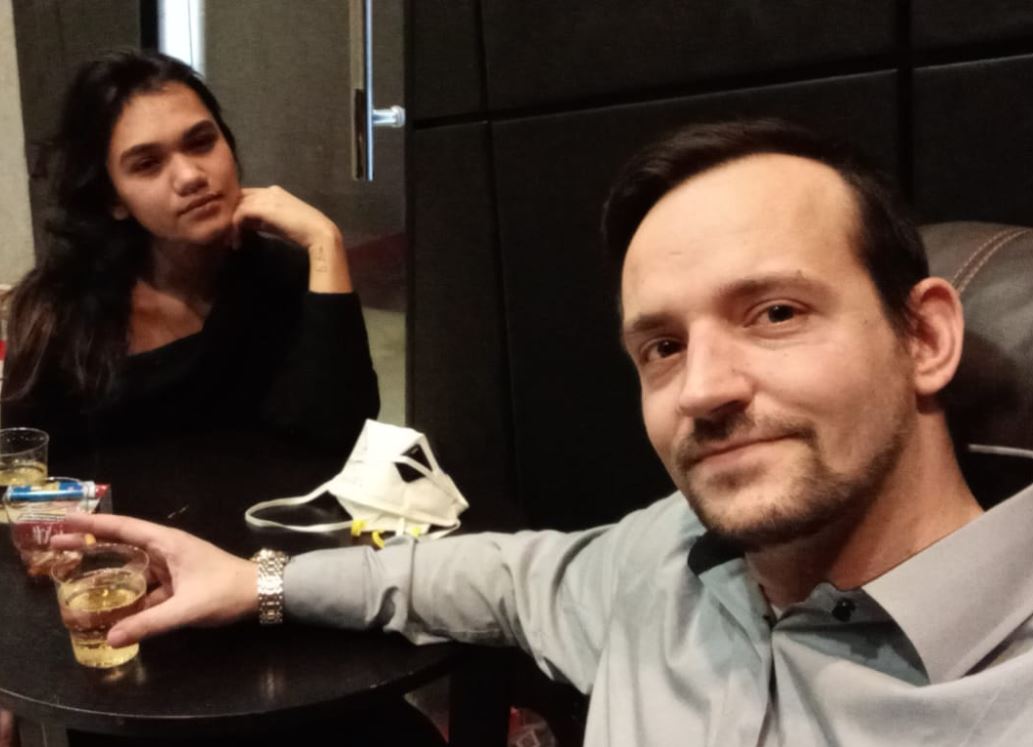Pensions: This is how we secure our retirement provision for the future!
Christine Mayrhuber explains on June 6, 2025 the financing of the pensions in Austria and the role of pension pillars.

Pensions: This is how we secure our retirement provision for the future!
Christine Mayrhuber, the head of the retirement security commission, is committed to an objective discussion about the financing of the pensions in Austria. According to a current report, the costs of statutory pension insurance are covered by around 73% by the contributions of the actively employed people and around 27% by funds from the federal budget. These funds bind around 13% of the federal budget. In the previous year, the age expenses amounted to just under 78.6 billion euros, of which 63.5 billion euros were donated in statutory pension insurance (ASVG, self -employed). The remaining amount is spent on the officials.
Compared to the 1970s, when the contributions covered only about 68.7% of the pension expenses, the degree of coverage has increased significantly through contributions in recent decades. In 2024 this was already 73.1%. However, the difference between the professional groups is significant: in the social security insurance of the farmers, only 20% of the expenses cover the contributions, while 80% are tax financed. In the case of traders, the tax -financed proportion is 55%, in the ASVG only 21%.
Financing structures in the retirement priority system
The federal funds in the statutory pension insurance and in the civil servant area correspond to about 6% of the economic output, of which 3.5% of the statutory pension insurance and 2.5% of civil servants are incurred. Forecasts of the retirement security commission indicate that this share could increase to around 7.2% by 2032 and will remain about 7% by 2070. Mayrhuber emphasizes that the retirement age should be used as a central control variable, especially after the alignment of the age of women.
For the increase in the age of pension, it is crucial to create corresponding framework conditions in the companies in order to promote employment up to the regular board age and beyond. In addition, Mayrhuber pleads into the labor market for greater integration of older employees and recommends preventive and rehabilitative measures in the health sector. An alignment of the contribution rates to the level of employed people could further improve the level of self -financing of pension insurance.
three pillars of old -age provision
The financing of old-age provision in Germany is structured by a three-pillar system. This system is composed of state regulatory security, company pension scheme and private retirement provision. These three columns enable different protection in the age, depending on the individual requirements, the organization and the intended security goals.
- The first pillar forms the legal systems of control.
- The second pillar includes the company pension scheme, which is divided for the private sector and the supplementary supply for public service.
- The third pillar forms private pension, which also includes the Riester pension.
The system has changed in recent years, with the individual reserves and the company pension scheme increasingly attributed to the importance. In 2019, around 54% of the social security contributions had entitlement to a company pension. The financing systems of old -age provision differ significantly: While pension insurance and civil servant care work in the polling procedure, the company pension scheme and private pension work work capital.
at a time when the importance of retirement provision continues to increase, it is crucial to understand the different systems and their functioning. The cooperation and integration of these various security systems are essential to avoid poverty in old age and financial uncertainties in old age. Mayor Mayrhuber continues to work for a comprehensive reform of old -age provision and combine future measures with social aspects in order to take into account the needs of the older population.
When it comes to pension insurance, older people from a certain age limit not only have the right to no longer be employed, but also the opportunity to actively participate in social life. Pensions are a complex matter that brings various challenges, from income transfer between generations to the questions of how poverty in old age can be avoided.
In summary, it can be seen that the pension system in Austria and Germany is faced with specific challenges that require innovative solutions and adjustments in order to guarantee future generations of solid security in old age.

 Suche
Suche
